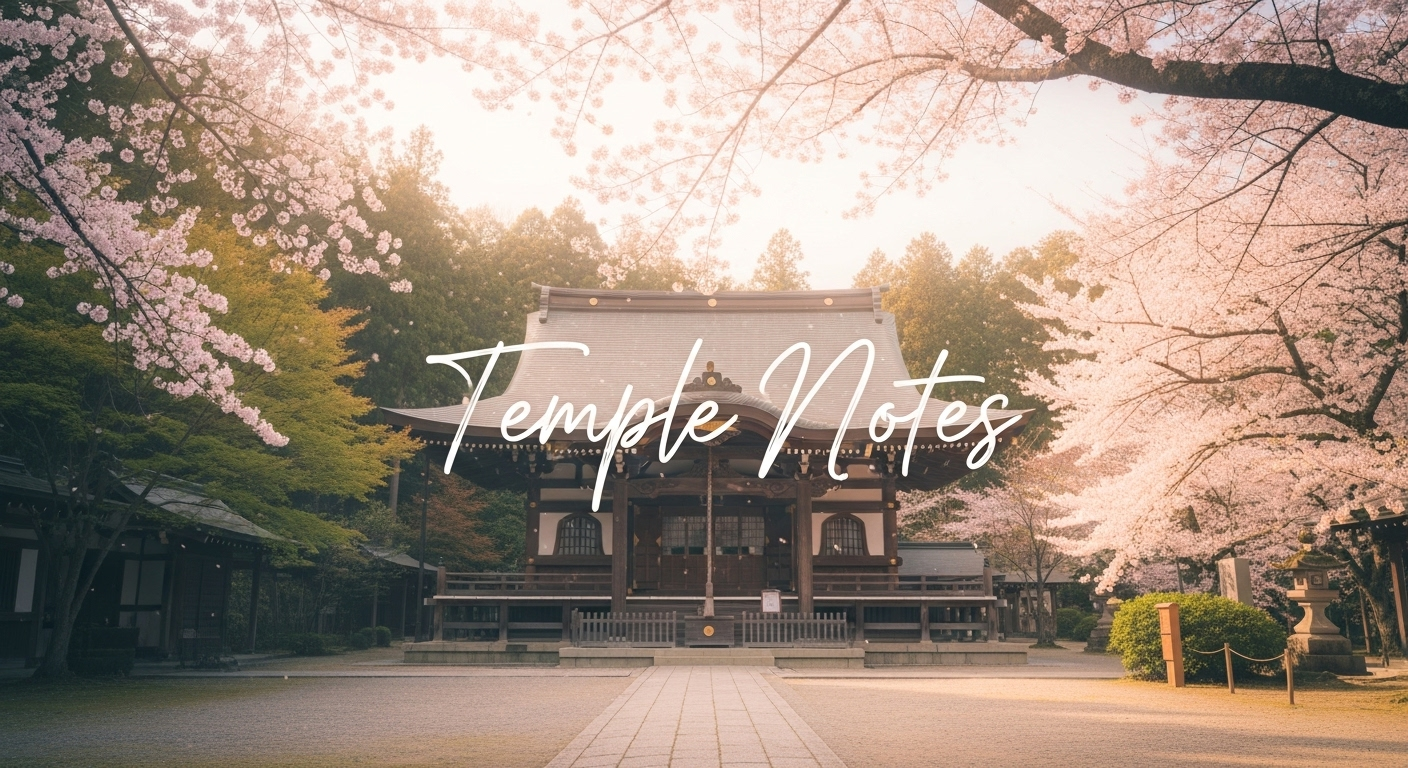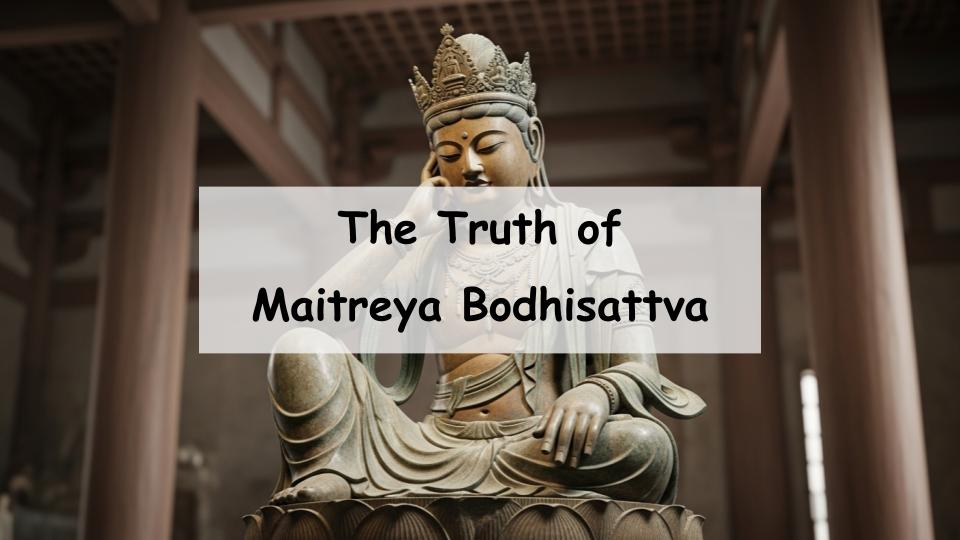When you hear the name “Maitreya Bodhisattva,” you may wonder, “What kind of Buddha is this?” or “What blessings are associated with Maitreya?” In short, Maitreya Bodhisattva is revered as the Buddha of the future, a savior who will appear to guide humanity, carrying with him profound meaning and a long tradition of faith. This article will clearly explain the origins and role of Maitreya, while also exploring the reasons for his veneration and the true nature of his blessings. By reading through, you will gain a deeper understanding of the true significance of Maitreya Bodhisattva.
- What Is Maitreya Bodhisattva? Meaning and Role
- Origins and Historical Background of Maitreya Bodhisattva
- Faith and Blessings of Maitreya Bodhisattva
- Famous Temples and Statues of Maitreya
- The Modern Significance of Maitreya Bodhisattva
- Conclusion|Understanding the Meaning and Faith of Maitreya
- A Message from the Guide
What Is Maitreya Bodhisattva? Meaning and Role
The Meaning of the Name Maitreya
The name “Maitreya” comes from the Sanskrit word Maitrī, meaning “loving-kindness” or “friendship.” In Japanese, the name is rendered as “Miroku.” The name itself reflects compassion and benevolence, qualities that define the essence of this bodhisattva whose mission is to embrace all beings with kindness.
What Maitreya Symbolizes
Maitreya Bodhisattva is most widely known as the “Future Buddha.” He represents the promise of renewal and salvation, destined to appear after the decline of Shakyamuni Buddha’s teachings. As such, Maitreya embodies hope, rebirth, and peace. In popular belief, his image is sometimes connected with joy, abundance, and happiness.
Position in Buddhism
Within Buddhist doctrine, Maitreya is one of the great bodhisattvas and is destined to become the next Buddha after Shakyamuni. He plays an essential role in Mahayana Buddhism and has been interpreted differently across cultures and eras, always maintaining his central role as a bringer of future salvation.
Origins and Historical Background of Maitreya Bodhisattva
Origins in Indian Buddhism
The concept of Maitreya can be traced back to early Buddhism in India. Rooted in the Sanskrit notion of compassion, Maitreya gradually took shape as the “Future Buddha” in Buddhist scriptures. Mahayana sutras describe his presence and mission in detail, making him an established focus of devotion.
Transmission to China and Japan
The worship of Maitreya spread from India into China and further into East Asia, evolving uniquely in each cultural context. When Buddhism arrived in Japan, Maitreya gained importance in the temples and rituals of the Asuka and Nara periods, leaving behind significant works of Buddhist art and faith traditions that reflected the times.
Spread of Maitreya Worship in Japan
In Japan, Maitreya worship ranged from imperial patronage to grassroots devotion. Communities developed localized practices, blending Maitreya faith with folk traditions. This adaptability helped spread his presence deeply into Japanese spiritual culture.
Characteristics of Maitreya Statues
Maitreya is often depicted in the famous hanka shiyui (half-lotus thinking) pose, with one leg crossed and a contemplative hand on the cheek. This serene image suggests reflection on the future. Materials vary from wood and lacquer to bronze and stone, with artistic styles shifting according to the era and region. These statues serve both as religious icons and valuable works of Buddhist art.
Faith and Blessings of Maitreya Bodhisattva
The Promise of the Future Buddha
Maitreya Bodhisattva is known as the “Future Buddha,” destined to appear approximately 5.67 billion years after the passing of Shakyamuni Buddha to guide and save humanity. This promise of the distant future has been a major reason for the enduring devotion to Maitreya throughout history.
The Purpose and Spread of Maitreya Faith
Faith in Maitreya has often extended beyond individual prayers, representing collective hopes for social harmony and prosperity. The dual nature of personal blessing and communal salvation has made Maitreya worship both deeply personal and widely shared.
Specific Blessings and Beliefs
Throughout history, Maitreya has been believed to bring blessings such as protection from misfortune, peace in the household, safe childbirth, longevity, and prosperity for descendants. In many temples, rituals dedicated to Maitreya have focused on everyday wellbeing as much as spiritual salvation.
Famous Temples and Statues of Maitreya
Renowned Japanese Statues of Maitreya
Japan is home to several masterpieces of Maitreya sculpture, which are revered not only for their spiritual importance but also as treasures of Buddhist art and craftsmanship.
The Hanka Shiyui Statue of Kōryū-ji
Kōryū-ji in Kyoto houses one of the most iconic Maitreya statues in Japan, celebrated for its graceful pose and calm, meditative expression. It is recognized as a masterpiece of ancient Buddhist sculpture.
The Hanka Shiyui Statue of Chūgū-ji
The half-lotus contemplative statue at Chūgū-ji has long been referred to as a “Maitreya Bodhisattva statue,” but in recent years many scholars regard it more convincingly as an image of Nyoirin Kannon (Cintāmaṇicakra Avalokiteśvara). Even so, it continues to be cherished as a symbol of Maitreya devotion and holds an important place in the history of Japanese Buddhist art.
Maitreya Relics Across the World
Beyond Japan, Maitreya worship has left traces in cave temples, sculptures, and murals across China, India, and Southeast Asia. These diverse artistic expressions highlight how the faith traveled and adapted to different cultural landscapes.
The Modern Significance of Maitreya Bodhisattva
Meaning for People Today
In today’s world, Maitreya represents hope for the future and the possibility of social renewal. He is valued not only as a personal source of comfort but also as a symbol of peace and healing for entire communities.
A Source of Spiritual Support
Worshiping Maitreya encourages compassion and patience in daily life. His imagery and teachings inspire people to cultivate kindness and empathy, helping them find stability in a complex and changing world.
How to Incorporate Maitreya Faith in Daily Life
Traditional practices such as temple visits, sutra copying, or chanting the Buddha’s name are ways to integrate Maitreya into daily life. Beyond rituals, practicing compassion and care for others is itself an expression of Maitreya’s spirit.
Conclusion|Understanding the Meaning and Faith of Maitreya
Reviewing the Meaning and Origins
Maitreya Bodhisattva originates from the Sanskrit root for loving-kindness and has been venerated as the Future Buddha who brings hope. His faith spread from India to East Asia, shaping local traditions and artistic heritage.
Key Points About Faith and Blessings
Maitreya faith encompasses both personal wishes for blessings and broader hopes for social renewal. By learning about his history, statues, and role, we can appreciate the deep spiritual significance Maitreya continues to hold today.
For those wishing to learn more, visiting temples with Maitreya statues or exploring introductory works on Buddhist art is highly recommended. Across centuries, Maitreya Bodhisattva has remained a timeless symbol of hope and compassion for humanity.
A Message from the Guide

The archaic smile that brings a sense of calm and reassurance is simply irresistible.









Comment